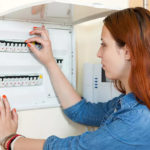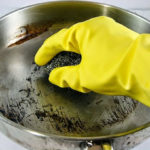Do not turn on and off the stove frequently
Before cooking, you should prepare the ingredients such as washing vegetables, rinsing rice, cutting meat… and then turn on the stove to cook continuously until finished. In this way, when you turn on the gas stove, you can continuously put food in the pot, which helps save a significant amount of gas. Twisting and turning on the stove multiple times will release more gas. Moreover, turning on and off the stove frequently will reduce the lifespan of the stove.
Do not keep the flame too high
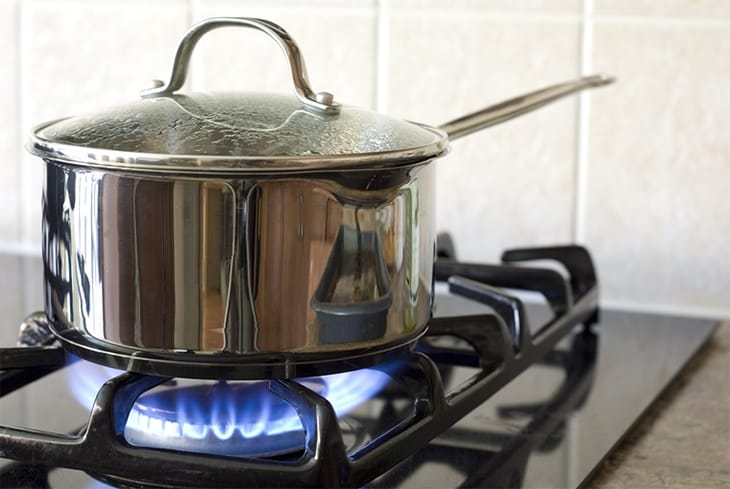
Many people think that the higher the flame is, the faster the cooking process will be, but the reality is completely opposite. While cooking, pay attention to the flame, adjust it so that the flame is just enough to cover the bottom of the pot without extending outside the pot, avoiding heat loss and gas wastage. A too high flame not only wastes gas but also slows down the cooking process because the heat is not concentrated on the bottom of the pot but dispersed around. When cooking with a small flame, choose small pots and pans. On the contrary, when cooking with large pots and pans, you should use a high flame to avoid gas wastage.
Lock the gas cylinder after cooking

Always lock the gas cylinder after cooking
According to studies by gas stove manufacturers, there are 3 main points that can lead to gas leakage and wastage: cylinder valve, pressure regulator valve, and gas hose. If you use good quality cylinder valves, pressure regulator valves, and hoses (genuine products), you can save nearly 3kg/month compared to low-quality ones. However, the best practice is to lock the gas cylinder after use to prevent gas wastage and ensure safety, avoiding potential risks for your family.
Choose appropriate cooking utensils
Choose the right size of pot for the amount of food you need to cook. Avoid cooking a small amount of food in a large pot, as it will waste gas. If you need to cook dishes like stews and bone broth, use a pressure cooker, which not only cooks the food quickly and tenderly but also saves gas.
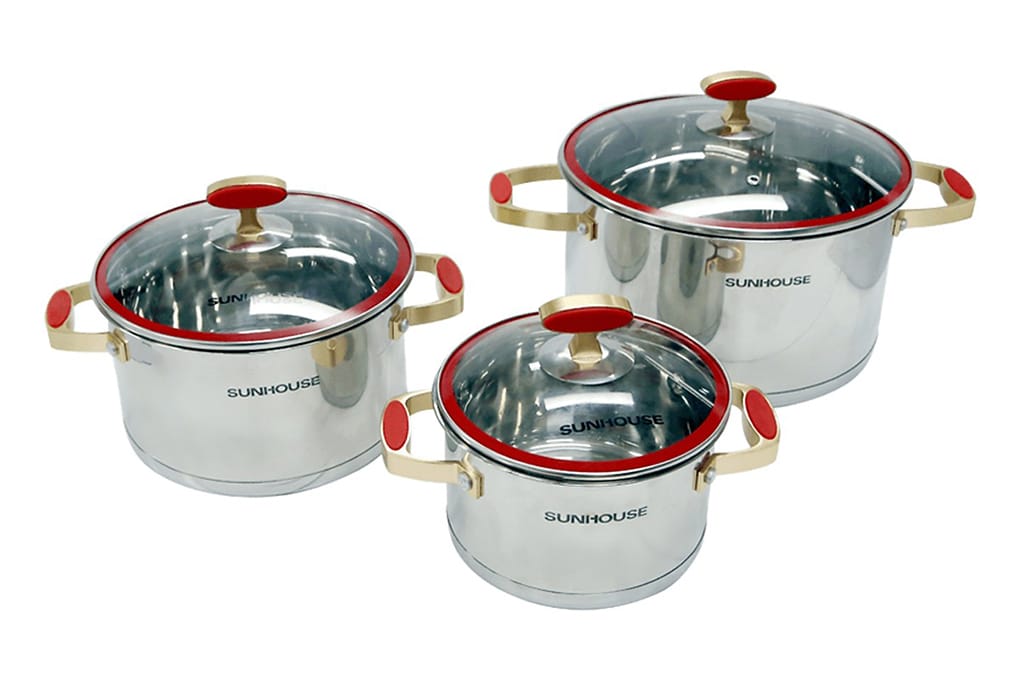
Regularly clean the gas stove
After cooking each day, you should clean the gas stove to prevent dirt from accumulating and blocking the gas holes. If you do not clean it regularly, the gas holes will be easily blocked, causing unstable gas supply and uneven flames, which result in longer cooking time and gas wastage.
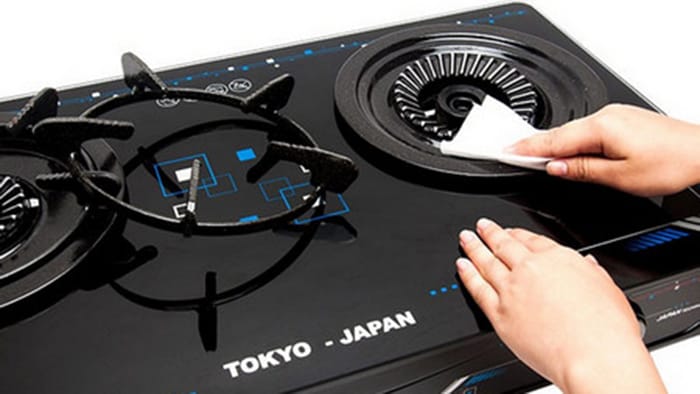
Do not turn on and off the stove frequently while cooking
Before you start cooking for your family, prepare all the ingredients and plan what dishes you will cook. In this way, when you turn on the gas stove, you can continuously put food in the pot. Turning on and off the gas stove multiple times while cooking will waste gas.
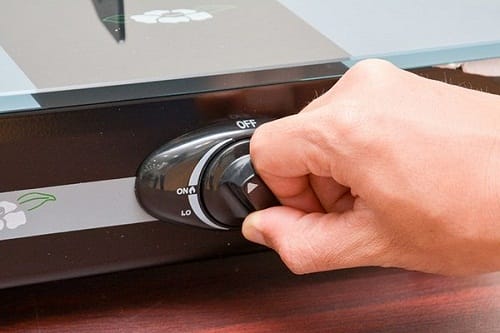
Use a wind guard for the gas stove
A wind guard, also known as a gas-saving burner plate, is made of metal and used around the burner, and is widely available in markets and supermarkets.
This product helps prevent heat loss and directs the heat straight to the bottom of the pot. Energy savings can be achieved in this case.
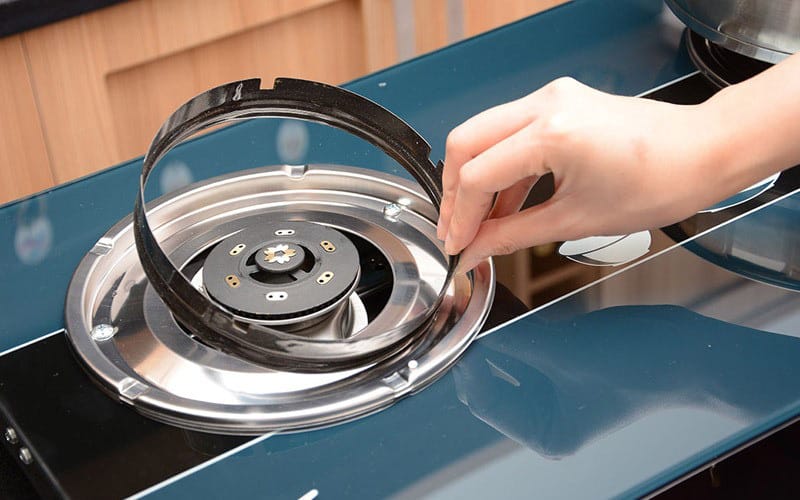
Stay focused when cooking, avoid multitasking
Some people have the habit of doing other tasks such as sweeping the house, watching TV while cooking (boiling water, simmering porridge…). And most of them forget about the cooking process until it’s too late, resulting in wasted gas because the food is overcooked, the water is evaporated, or even the pot is burned. Therefore, stay focused when cooking.
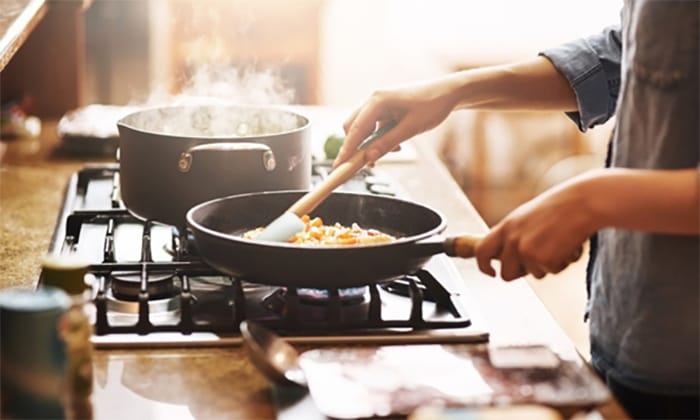
Thaw the food completely before cooking
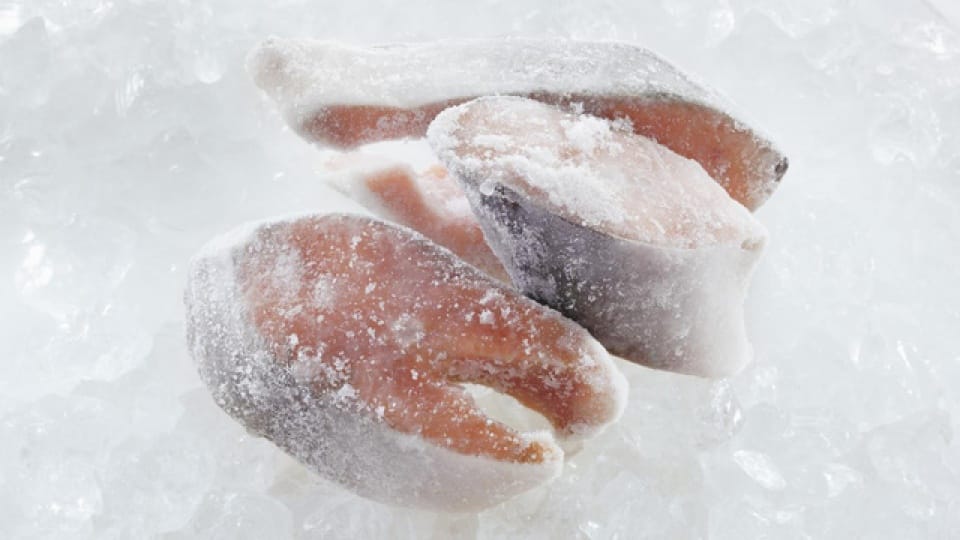
Thaw the food before cooking
Thawing the food before cooking helps save a significant amount of gas. If you cook the food directly from the freezer compartment of the refrigerator, it means wasting gas to melt the ice. Therefore, before cooking, thaw the food in the microwave and then start cooking on the gas stove.
Reuse the hot pot
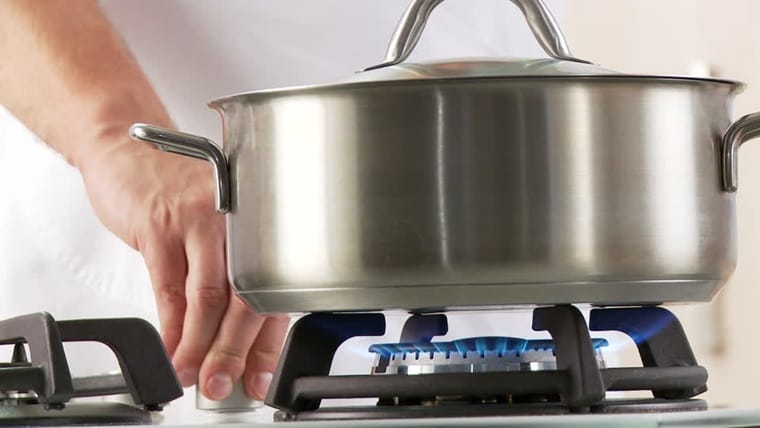
Reuse the hot pot to save gas
After finishing cooking one dish, you can rinse the pot and reuse it while it’s still hot. For example, after boiling eggs, you can use the same pot to blanch vegetables. This way, you will not waste a significant amount of gas to heat up a new pot.
Do not cook rice on the gas stove
You should not cook rice on the gas stove. Cooking rice on the gas stove is prone to burning and if left for too long, the flame will flicker, which is time-consuming, wastes gas. The fastest and simplest way is to use an electric rice cooker, which is both fragrant and convenient.
Buy a high-quality gas stove to save gas
Equipping yourself with more kitchen experiences, especially how to use a gas stove efficiently to save energy, is not something that everyone knows. Hopefully, this article will provide you with some useful tips to save gas while cooking!

























